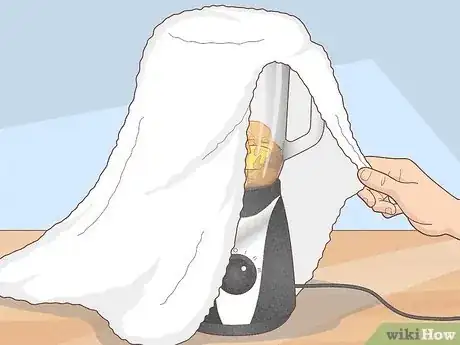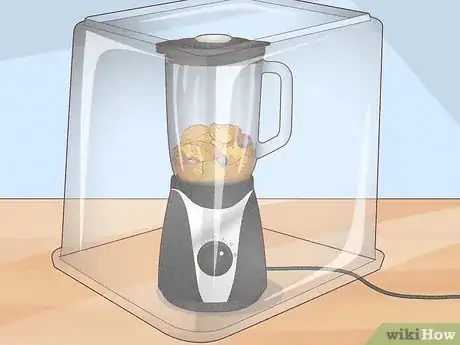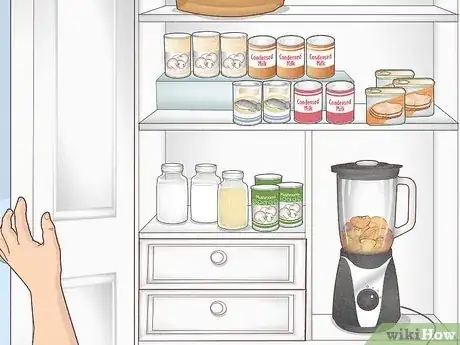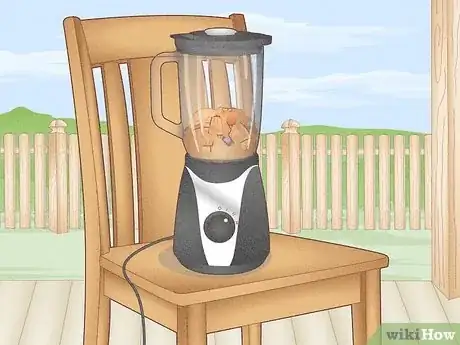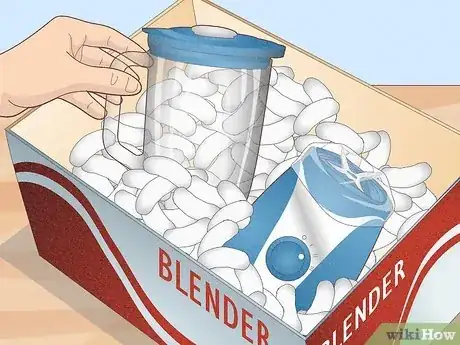This article was co-authored by wikiHow staff writer, Krysten Jackson. Krysten Jackson is a Chicago-based writer with a love of language and learning. She has contributed her editing skills to multiple content teams and publishing houses. Now, Krysten writes for wikiHow as an Editing Fellow, hoping to help others while they explore new topics and skills. Krysten graduated from Northwestern University in 2019 with a B.A. in English, focusing on Creative Writing and Linguistics.
There are 7 references cited in this article, which can be found at the bottom of the page.
This article has been viewed 1,240 times.
Learn more...
Are you craving a smoothie but worried about disturbing others with your noisy blender? If only there was a way to muffle the sound while making them! For those living in a shared house or an apartment with shared walls, it may be difficult to ever find a good time to use your blender. Thankfully, there are ways to limit the noise your blender can make. Check out this list we’ve put together of things you can do to muffle a blender.
Things You Should Know
- Cover your blender with a towel, a cardboard box, or a plastic bin to muffle the sound. You can also make or buy a soundproof box.
- Move your blender away from walls to give the sound less places to bounce off of.
- Downgrade to a less powerful or higher quality blender. Weaker motors make less noise and state-of-the-art blenders often come with soundproofing.
Steps
References
- ↑ https://www.doe.virginia.gov/testing/sol/standards_docs/science/2010/lesson_plans/grade5/force_motion_energy/sess_5.2c.pdf
- ↑ https://www.futurelearn.com/info/courses/representing-data-with-images-and-sound/0/steps/53151
- ↑ https://specialevents.gatech.edu/sites/default/files/documents/extension_cords_guidelines.pdf
- ↑ https://soundproofly.com/does-cardboard-absorb-sound/
- ↑ https://sciencing.com/minimize-noise-pollution-23358.html
- ↑ https://www.cdc.gov/niosh/topics/repro/noise.html
- ↑ https://www.doe.virginia.gov/testing/sol/standards_docs/science/2010/lesson_plans/grade5/force_motion_energy/sess_5.2c.pdf
- ↑ https://www.chem.purdue.edu/chemsafety/Training/PPETrain/dblevels.htm
